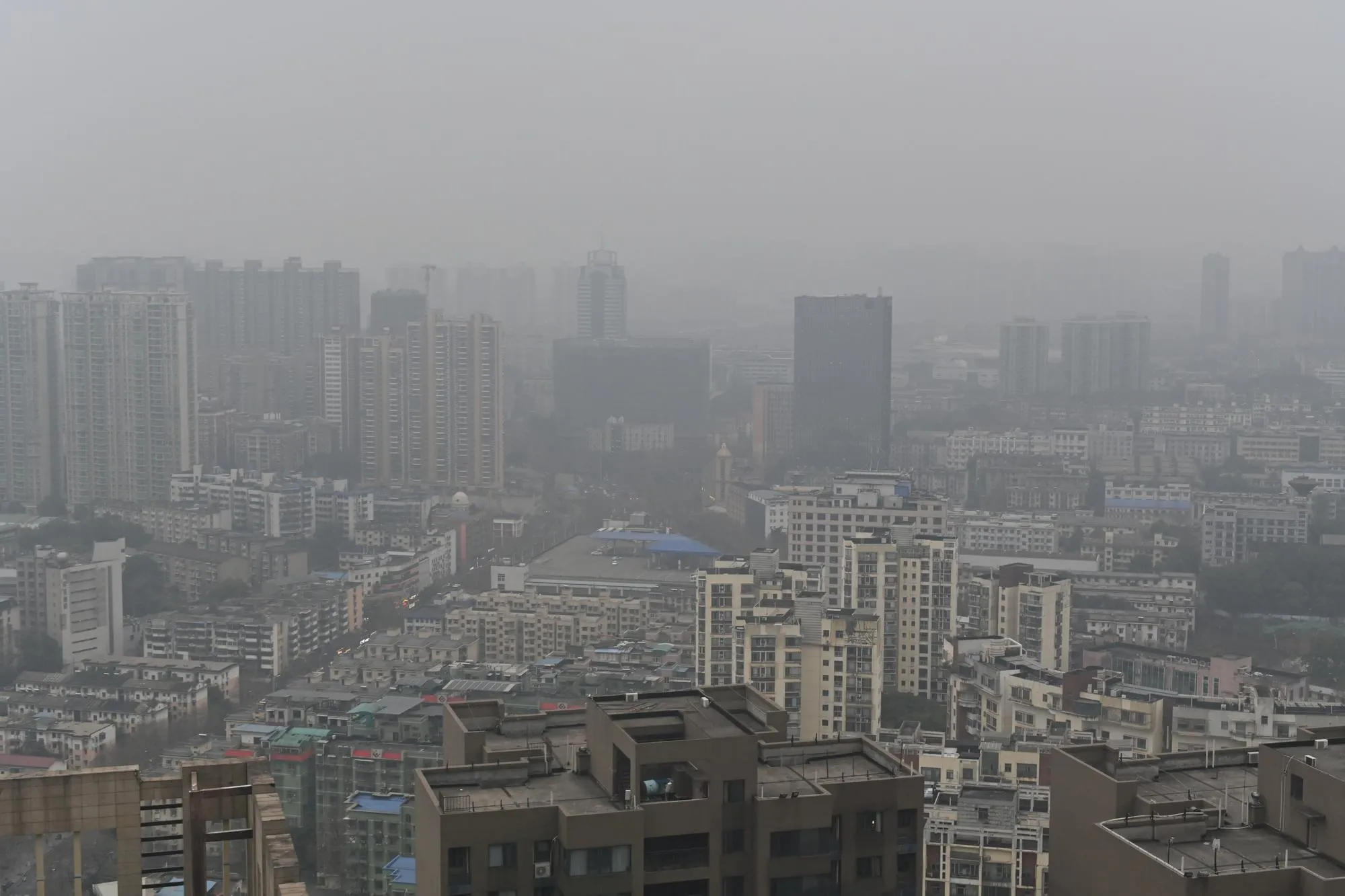In North China, a recent study published in the journal Environmental Pollution has provided a detailed analysis and characterisation of a severe photochemical pollution event in a large-scale petrochemical complex (PC). The research, led by Wei Wei and a team from the Department of Environmental Science and Engineering at Beijing University of Technology, warns of the significant environmental and health risks posed by such pollution. The study is a stark reminder of the challenges faced by both China and the global community as they strive to balance industrial development with environmental protection.
The research team, comprising Wei Wei, Yao Binbin, Yang Xuemei, Li Guohao, and Cheng Shuiyuan, employed an improved 0-D chemical model to gauge the extent of volatile organic compounds (VOCs) emissions. VOCs are a key component of photochemical pollution, which can lead to the formation of ground-level ozone (O3) when they react with nitrogen oxides (NOx) under sunlight. The team’s findings revealed a VOC-rich environment within the PC, with Total Hydrocarbons (THCs) levels averaging 90.8 ± 28.0 ppb and a THCs/NOx ratio of approximately 26.2 mol/mol. The study has attracted significant attention due to the high impact of such pollution levels.
The petrochemical complex in question serves as a typical case study illustrating the broader issue of petrochemical-related pollution. PCs are prevalent in both developed and developing countries. They are a major source of VOCs emissions due to the massive amounts of various chemicals produced and processed within these industrial hubs. The study highlights the importance of understanding the characteristics, formation mechanisms, and implications of local photochemical pollution in these areas.
One of the key findings of the study is the exacerbated potential for O3 production in such an environment. The ratio of THCs to NOx plays a substantial role in determining the O3 production potential. High concentrations of VOCs in relation to NOx foster conditions conducive to O3 formation, thus leading to photochemical smog—a mix of pollutants that can have dire effects on human health and the environment.
This research is vital as it adds to the growing body of evidence that suggests that petrochemical complexes are significant contributors to local and regional air quality degradation. The implications are profound, especially considering the dual challenges of maintaining economic growth and protecting environmental and public health.
The study also underlines the necessity for tighter pollution control measures around petrochemical complexes. The authors suggest that reducing VOC emissions could be a critical step towards mitigating the risk of severe photochemical pollution. It calls for an integrated approach to manage emissions, encompassing both regulatory actions and the adoption of cleaner technologies.
Furthermore, the study authoritatively states that there are no competing financial interests or personal relationships influencing the work reported. This declaration enhances the credibility of the findings, ensuring that the scientific community and the general public know the research is conducted with integrity and objectivity.
The release of the study into the public domain is expected to spark discussions among policymakers, regulators, and industry leaders. It provides a clearer understanding of how emissions from petrochemical complexes can exacerbate local air quality issues, thereby informing the design of more effective pollution control strategies.
This type of research is crucial at a time when countries worldwide are grappling with the effects of climate change and pollution. It also resonates with China’s recent environmental policy shifts, emphasizing the need for sustainable industrial practices and improved environmental governance.
The DOI of the study is 10.1016/j.envpol.2024.123343, and it can be found under the identifier S0269-7491(24)00057-5.
Keywords
1. Photochemical Pollution
2. Petrochemical Complexes
3. VOC Emissions
4. Ozone Formation
5. Air Quality Control
References
1. Wei, W., Yao, B., Yang, X., Li, G., & Cheng, S. (2024). Severe photochemical pollution was found in large petrochemical complexes: A typical case study in North China. Environmental Pollution, 344, 123343. https://doi.org/10.1016/j.envpol.2024.123343
2. Atkinson, R. (2000). Atmospheric chemistry of VOCs and NOx. Atmospheric Environment, 34(12-14), 2063-2101. https://doi.org/10.1016/S1352-2310(99)00460-4
3. Carter, W. P. L. (1994). Development of ozone reactivity scales for volatile organic compounds. Journal of the Air & Waste Management Association, 44(7), 881-899. https://doi.org/10.1080/1073161X.1994.10467290
4. Derwent, R. G., Jenkin, M. E., Saunders, S. M., & Pilling, M. J. (2003). Photochemical ozone creation potentials for a large number of reactive hydrocarbons under European conditions. Atmospheric Environment, 37(14), 2017-2030. https://doi.org/10.1016/S1352-2310(03)00185-8
5. Guo, H., Wang, T., Louie, P. K. K. (2004). Source apportionment of ambient non-methane hydrocarbons in Hong Kong: Application of a principal component analysis/absolute principal component scores (PCA/APCS) receptor model. Environmental Pollution, 129(3), 489-498. https://doi.org/10.1016/j.envpol.2003.11.005
